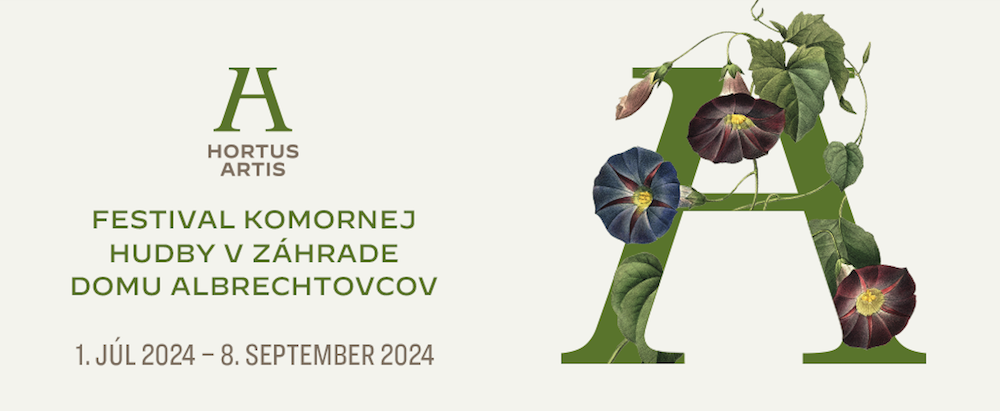

The fifth edition of the Hortus artis festival offers visitors and residents of Bratislava 10 concerts of chamber music in the garden of the Albrecht House, Kapitulská 1, in the summer months of this year.
The aim is to present programmes for different casts from different historical periods and provenances, which combine the idea of the overlapping idioms of rural and urban folklore with art music composition. The focus is on the Central European area, but some concerts also take us to Spain, South America, the earlier history of Sephardic music from the Mediterranean region, or the environment of the urban suburbs of North America in the early 20th century.
The festival will feature over 40 performers from Slovakia, Czech Republic, Poland, Hungary, Spain and Greece in the renowned chamber ensembles Collegium Marianum , Messages Quartet , Pressburg Saxophone Quaret , Mucha Quartet , Kukal Quatet , Plaisirs de Musique , Solamente naturali , Bratislava Guitar Quartet , Spectrum Quartett , soloists Eva Šušková, Simona Hulejová and in the string trio chamber players Daniel Rumler, Martin Ruman and Jozef Lupták.
1 July 2024 / Monday CACHUA SERRANITA – Collegium Marianum (CZ)
7 July 2024 / Sunday POLSKY – Messages Quartet (PL)
14 July / Sunday NEWLY VISITED – Dainiel Rumler, Martin Ruman, Jozef Lupták (SK)
21 July / Sunday THE STORY – Pressburg Saxophone Quartet (SK)
28 July / Sunday TO THE PRIME – Mucha Quartet (SK)
4 August / Sunday ALLA CZECA – Kukal Quartet (CZ)
18 August / Sunday MISTERIOS DEL AMOR – Plaisirs de Musiques (CZ)
25 August / Sunday MUSICA GLOBUS – Solemente naturali (SK, CZ)
1 September / Sunday MAGICAL LOVE – Eva Šušková and Bratislava Guitar Quartet (SK, GR)
8 September / Sunday FOUR MUSICIANS – Simona Hulejová and Spectrum Quartett (SK)
1 July 2024 / Monday CACHUA SERRANITA – Collegium Marianum (CZ)
The first word of the opening piece of this concert is probably well known to all who understand Czech. In fact, it sounds similar to the name for the inhabitants of Haná, a region in central Moravia characterised by strong folk culture influences, from its characteristic dialect and costume to its music and dance. P
he similarity is purely coincidental, however – it is Quechua, an indigenous language spoken in what is now Peru and Bolivia, and its text is a hymn to the Virgin Mary, interwoven with colourful metaphors based on local tradition. And it is the fusion of a distinctive local tradition with art music that is the common feature that allows the musicians to make the connection between Central Europe and South America that runs through the entire programme of this concert. (Václav Kapsa)
Collegium Marianum (CZ, SK)
Jana Semerádová artistic director, flutes, Vojtěch Semerád baroque violin, baroque viola, vocal, percussion, Jiří Sychra baroque violin, charango, vocal Marcel Comendant cimbalom, percussion, Ján Prievozník G violon
Anonym Hanacpachap cussicuinin
(hymn to P. Maria, text by F. Juan Pérez Bocanegra, Ritual formulario, 1631)
Kristian Gottfried Hirschmentzel (1638 – 1703) Moravica(Orpheus pro rusticis, 1698)
Bohemicus saltus (Orpheus pro civibus, 1698)
“The Maiden Went Sadly” (Compendium of Haná Dances for clavichord, ca 1700)
Anonym (Jan Antonín Losy of Losimthal?, ca 1650-1721) Aria Hanacco
Georg Philipp Telemann (1681 – 1767) Hanaquoise (from Ouverture in D major, TWV 55:D3)
Jan Josef Ignác Brentner (1689 – 1742) Concerto da camera in D minor, Brk 92
Anonymous (Domenico Zipoli?) “Zuipaqui” / “Ad Mariam”
Jan Josef Ignác Brentner Bourrée & Capriccio (from Concerta in G minor, Brk 96, Horae pomeridianae Op. 4/I, 1720)
—-
“A Little Dove Flew Out of the Rock” (Karel Jaromír Erben 484, tune 751)
Martin Schmid (1694 – 1772) Pastoretto Ychepe Flute
“Taye jueves Santo” (Santa Cruz de la Sierra, rkp. 18th century)
Georg Philipp Telemann Hanasky (from Ouverture in E major, TWV 55:E1)
Peruvian Folk Songs
“On the Holy Hill”
“When I Went to the Holy Hill”
(František Susil III/63, III/14)
Anonymous “Cachua serranita” (Codex Trujillo, Martínez Compañón, Peru, 18th century)
7 July 2024 / Sunday POLSKY – Messages Quartet (PL)
Strongly influenced by his devotion to the works of Johann Sebastian Bach and Mendelssohn and subsequent studies in Warsaw, Vienna and Paris, Laks’ highly evocative musical style is close to the Ecole de Paris and is most evident in his sensitive vocal compositions, which are rooted in a deep innate love, understanding and study of Polish and Yiddish folk idioms. Along with his lifelong friend and musical colleague Alexander Tansman, who was also a pupil of Piotr Rytl in Warsaw, Laks soon became an active member of the network of young Polish and Polish Jewish composers living in Paris before the outbreak of World War II and a committed member of the network of artists known as the Association of Young Polish Musicians in Paris. (Jacquelin Cole)
Messages Quartet (PL)
Małgorzata Wasiucionek-Potera 1st violin, Oriana Masternak 2nd violin, Maria Shetty viola, Beata Urbanek-Kalinowska cello
Józef Koffler (1896 – 1944) Ukrainian Sketches Op. 27
Grazyna Bacewicz (1909 – 1969) String Quartet No. 4
—
Andrzej Panufnik (1914 – 1990) String Quartet No. 3
Szymon Laks (1901 – 1983) String Quartet No. 3
14 July / Sunday NEWLY RELEASED – Dainiel Rumler, Martin Ruman, Jozef Lupták (SK)
Sibelius’s Suite is a student work that was first performed on 13.4.1889 at a musical party at the Helsinki Institute of Music. Ferruccio Busoni, who was piano teacher at the institute at the time, described the first performance as follows: “We sharpened our attention when we realised that we were about to hear something quite out of the ordinary standard of student works…”. In the Suite in A major, colour comes to the fore for the first time as an important element of Sibelius’s music. The emphasis on sonic texture is combined – somewhat unusually for such an early work – with a rather bold handling of rhythm and harmony. Unfortunately, only the first three movements of the suite survive unchanged. However, the concept of the missing Gigue, which is included in the modern edition of this work, has been preserved.
Daniel Rumler violin, Martin Ruman viola, Jozef Lupták cello (SK)
Jean Sibelius (1865 – 1957) Suite for String Trio in A major
Bohuslav Martinu (1890 – 1959) String Trio No. 1, H136
—
Zoltán Kodály (1882 – 1967) Intermezzo for string trio
Ernst von Dohnányi (1877 – 1960) Serenade Op. 10
July 21 / Sunday THE STORY – Pressburg Saxophone Quartet (SK)
Jean Baptiste Singelée was one of the first composers to treat the saxophone as a classical instrument, as evidenced by the more than 30 saxophone solos he composed. A long-time friend of Adolphe Sax, the inventor of the saxophone (they met as students at the Royal School of Music), he encouraged Sax to develop the four main members of the saxophone family and composed what is very likely the first piece ever written for saxophone quartet, Premier Quatuor, Op. 53. In addition to his saxophone works, Singelée composed numerous solo works for violin and piano (numerous fantasias), concertos as well as ballet music.
Pressburg Saxophone Quartet (SK)
Andrei Simančuk sopranosaxophone, Silvia Macejová alto saxophone, Ján Gašpárek tenor saxophone, Ladislav Fančovič baritone saxophone
Jean Baptiste Singelée (1812 – 1875) Premier quatuor op.53
Caryl Florio (1843 – 1920) Allegro de concert *
Gustav Bumcke (1876 – 1963) Quartet Op.23 *
Yevgeny Irshai (b. 1951) Koan 23 **
—
Deep River
Do Something
Bab yoh, where you can be
The Pawnshop
(Spirituals and standards in original 1920s quartet arrangements and live ragtime-style music for the 1916 film)
28 July / Sunday TO THE PRIME – Mucha Quartet (SK)
Ján Levoslav Bella wrote the String Quartet in E minor “in the Hungarian style” probably in 1896 and it is undoubtedly his crowning quartet composition. The use of the subtitle ‘in the Hungarian style’ was seemingly at odds with the ideal of creating Slovak national music. However, if we do not look at the Hungarian style from an ideological point of view, a wide range of musical elements opens up before us, which are its true essence. It is above all the drawing on Hungarian, Roma and Slovak folklore, the use of rubato melodics, danceability, expressive rhythms or virtuosity in the manner of the primates of folk music bands. (Juraj Tomka)
Mucha Quartet (SK)
Juraj Tomka 1st violin, Jozef Ostrolucký 2nd violin, Veronika Kubešová viola, Pavol Mucha cello
Eugen Suchoň (1908 – 1993) String Quartet Op. 2 ESD 46
Roman Berger (1930 – 2020) Songs from Zaolzie
—
Ján Levoslav Bella (1843 – 1936) String Quartet in E minor in Hungarian style
August 4 / Sunday ALLA CZECA – Kukal Quartet (CZ)
In October 1923, Leoš Janáček received a suggestion from the Czech Quartet to create a quartet composition. He was inspired by a previous reading of Tolstoy’s short story The Kreutzer Sonata (which the writer created under the influence of Beethoven’s famous Kreutzer Sonata – Sonata in A major, Op. 47). Janáček had previously been interested in studying Tolstoy’s work and in its eventual reworking (in 1907-1908 he composed a Trio for violin, cello and piano inspired by Tolstoy’s Kreutzer Sonata – the trio was later lost). Janáček’s String Quartet No. 1 is a masterpiece by a composer on the cusp of his seventies, who was aware of the importance of the string quartet in connecting the highest levels of subjectivity with serious questions of human and artistic existence.
Kukal Quartet (CZ)
Eliška Kukalová 1st violin, Klára Lešková 2nd violin, Daniel Macho viola, Filip Rufer cello
Bohuslav Martinu (1890 – 1959) String Quartet No. 2 in H 150
Erwin Schulhoff (1894 – 1942) Five Pieces for String Quartet WV68
—
Josef Suk (1974 – 1935) Meditation on the Old Czech Chorale ‘St. Wenceslas’, Op. 35a
Leoš Janáček (1854 – 1928) String Quartet No. 1
18 August / Sunday MISTERIOS DEL AMOR – Plaisirs de Musiques (CZ)
The musical heritage of Sephardic Jews is at the heart of the program entitled Misterios del Amor, which is the main expressive space of Eliska Tesar. Successively, songs will be performed, each of which touches upon the theme of love in a different way. The songs encompass the full range of human emotionality from deeply moving positions to the pure joy of being/living. A significant part of the repertoire consists of lullabies sung by mothers to their children. Although formally secular music, these songs are deeply spiritual in nature. In addition to the emotional Sephardic songs, there will be instrumental music with a similar charge and inspiration from the Mediterranean region. The music of the concert, entitled Misterios del amor, straddles genres – classical, folk and jazz – and is an original interpretation and a reminiscence of lands distant in time and space by the Plaisirs de musique ensemble.
Plaisirs de Musique (CZ)
Eliška Tesařová vocals, Marta Kratochvílová flutes, Marian Friedl double bass, Kamil Slezák percussion, Jan Čižmář lute, theorbo, guitar
Me estas mirando
Adio querida
La Galana i la mar
La cancó del lladre (Catalan folk using elements from the writings of other artists Ferran Savall and Pau Canyigueral)
No hay más flandes (Anonymous, Spain, 17th century),
Alta es la luna
La rosa enfloreze
Colascione, Giovanni Girolamo Kapsberger (1580 – 1651) Libro Quarto D´Intavolatura Di Chitarone (Roma 1640); Ms. Modena; arr. Jan Čižmář),
Una matica de ruda
Morenica
Morena me llaman
Durme, durme
25 August / Sunday MUSICA GLOBUS – Solemente naturali (SK, CZ)
Musica Globus reminds us of a history book, where we flip through individual countries with names that were used in the 18th century (Gaul, Alba, Anatolia, etc.). With each country, a vanished musical picture opens up before us, where the common denominator is the influence of folk music in the works of Baroque composers. This programme is exceptional for the Solamente naturali ensemble because, in addition to technical maturity in classical instrument playing, it requires the ability to play in the various folk styles that are necessary for the authentic interpretation of the dances of each country (various rhythmic accompaniments, playing of Arabic microtones, unwritten spontaneous improvisation, singing). An integral part of the programme is the musician, multi-instrumentalist Ján Rokyta, who, in addition to his masterly playing of the dulcimer, will present wind instruments such as baroque and folk recorders, as well as oriental instruments used in the 18th century (dudduk, zurna, baroque clarinet). (Miloš Valent)
Solamente naturali (SK, CZ)
Miloš Valent artistic director, violin, viola, vocal, Ján Rokyta cimbalom, flutes, duduk, clarinet, vocal, Peter Michálik violin, vocal, Peter Vrbinčík viola, vocal, Marek Štryncl cello, Tibor Nagy double bass, Vít Bébar harpsichord, daf, triangle
“POLISH”
Georg Philipp Telemann (1681 – 1767) Hanac I,II,III Rostock manuscript), Polonaise in D Dance (manuscript Anna Szirmay-Keczer, 1720), Dance (Telemann Rost.m), Dance (man.ASK,1720), Dance ( Telemann Rost.m), Dance (man.ASK,1720), Vivement (Telemann Rost.m)
“MONARCHY”
Saltus Hungaricus (manuscript Trencin, 18th c.), Verbung per il Violino No. 32, 33 (manuscript Pestini, Fer.Vigiliarium Magister, 18th c.) Ungrischr for harpsichord (manuscript Esztergom Biblioteca,18th c.), Dance (man.ASK, 1720,)
—
“WESTY”
Georg Philipp Telemann Les Moscovites, L´Esperance de Mississipi, J.Playford A new Hornpipe (Division Violin, 1694), N.Mateis Scotch humour, Hungaricus No.20 (manuscript Saltus Hungarici a Dionisio, Uhrovec, 1730)
“KURUCZKY”
Dance (man. Uhrovec, 1730), Les Janissaires (G. Ph. Telemann) , Nota Kurucz I,II (man.Uhrovec, 1730), Žela trowke (man.ASK,1720)
1 September / Sunday MAGICAL LOVE – Eva Šušková and Bratislava Guitar Quartet (SK, GR)
In 1914 and 1915 Falla toured Spain with theatre impresario Gregorio Martínez Sierra and his wife Maria Lejárraga, creating incidental music for two sentimental dramas, Amanecer and La pasión, and for an adaptation of Othello. Although his correspondence shows considerable attention to the details of the production, he later destroyed these theatrical scores because he was not convinced of their value. He returned to Madrid in the spring of 1915. Here Martínez Sierra founded a new company, Teatro de Arte, where Falla probably met his future collaborator Federico García Lorca. The composer maintained a close working relationship with María, whose contribution to her husband’s career has been elucidated by Patricia O’Connor (1977) and Antonina Rodríguez (1994): She wrote almost all of the hundreds of plays, adaptations, articles and reviews that bear Gregorio’s name, very likely including the scripts for two of Fall’s other stage works, the gitanería (“gypsy entertainment”) El amor brujo and the pantomime El corregidor y la molinera.
Eva Šušková soprano, mezzo-soprano
Bratislava Guitar Quartet: Miloš Slobodník, Yorgos Nousis, Radka Krajčová, Martin Krajčo guitars (SK, GR)
Manuel de Falla (1876 – 1946) Siete canciones españolas for mezzo-soprano and guitar (arr. Miguel Llobet)
El paño moruno, Seguidilla murciana, Asturiana, Jota, Nana, Canción, Polo
Federico García Lorca (1898 – 1936) Canciones populares españolas (1931) for mezzo-soprano and guitar – selection (arr. Yorgos Nousis)
Anda, jaleo – Las tres hojas – Tres morillas – Sevillanas del siglo XVIII – El café de Chinitas – Nana de Sevilla – La Tarara
—
Manuel de Falla El Amor Brujo / Magical Love for mezzo-soprano and guitar quartet (arr. Martin Krajčo)
Introduccion y Escena / Introduction and Scene – En la Cueva (La Noche) / In the Cave (La Noche) – Canción del amor dolido / Song of Cruel Love – El Aparecido / Revelation – Danza del Terror / Dance of Fear – El Círculo Mágico (Romance del Pescador) / The Magic Circle (Romance of the Fisherman) – A Media noche (Los Sortilegios)/ At Midnight (The Oracles) – Danza del Ritual del Fuego (Para huy entar los malos espíritus) / The Ritual Fire Dance (The Banishing of the Evil Spirits) – The Ritual Fire Dance (The Banishing of the Evil Spirits) Escena / Scene – Canción del Fuego fatuo / Song of the Futile Fire -Pantomime / Pantomime – Danza del Juego de Amor / Dance of the Love Game- Final (Las Campanas del Amanecer)/ Conclusion (The Bells at Dawn)
September 8 / Sunday FOUR MUSICIANS – Simona Hulejová and Spectrum Quartett (SK)
Bartók cured himself of his big-city frustrations with stays in the countryside, where he felt complete. In September 1904, he spent several weeks in the village of Gerlicepuszta in Gemer (today’s Hrlica in the Banská Bystrica region, Revúca district). It was here that he completed his Piano Rhapsody Op. 1 and Piano Quintet, but above all it was here that he experienced his first fascination with folk song, which gave him that heureka experience… Lidi Dósová, a village girl from the Sikul region of Transylvania, sang him several songs that were unknown to him. Bartók took note of them, as they were quite different from Hungarian urban folklore, which he had until then considered to be an authentic expression of Hungarian music. Her songs impressed him as an unexpected discovery and his artistic gloom was illuminated by a new light. Bartók discovered village culture and followed this discovery throughout his life.
Simona Hulejová vocal, Spectrum Quartett (SK): Ján Kružliak 1st violin, Miroslav Vilhan 2nd violin, Peter Dvorský viola, Branislav Bielik cello,
Alexander Moyzes (1906 – 1984) Four Musicians Op. 57
Eugen Suchoň (1908 – 1993) Pictures from Slovakia (selection)
—
Július Móži (1908 – 1968) Slovak folk songs and dances in suite form
Béla Bartók (1881 – 1945) / Vladimír Godár * 1956 Slovak Songs (selection)
Leoš Janáček (1854 – 1928) / Vladimír Godár * 1956 Moravian folk poetry in songs (selection)
Location: Albrechtovcov House, Kapitulská, Bratislava, Slovakia
Date: 01.07.2024 – 08.09.2024
Start: at 6 p.m.
Price:
Basic admission – 13.00 €
Children under 6 years – 1.00 €
Students, pensioners – 8.00 €
Disabled persons- 5.00 €
Find all tips for the best CONCERTS
 Article
Article
If you feel like going for a one-day adrenaline trip in the surroundings of Bratislava, we have some tips for you on interesting Via Ferrata. We have …
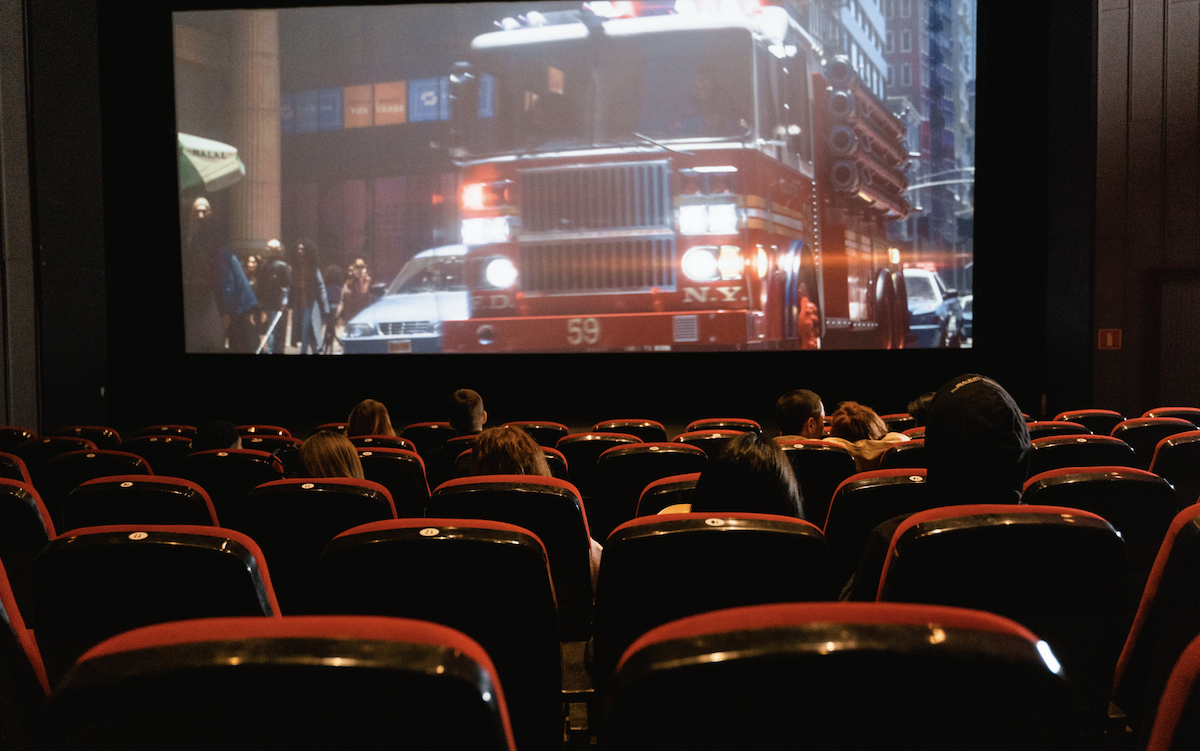 Article
Article
Premieres in theaters February 2025. If you want to take a break from everyday stresses and responsibilities, how about trying cinema in addition to t…
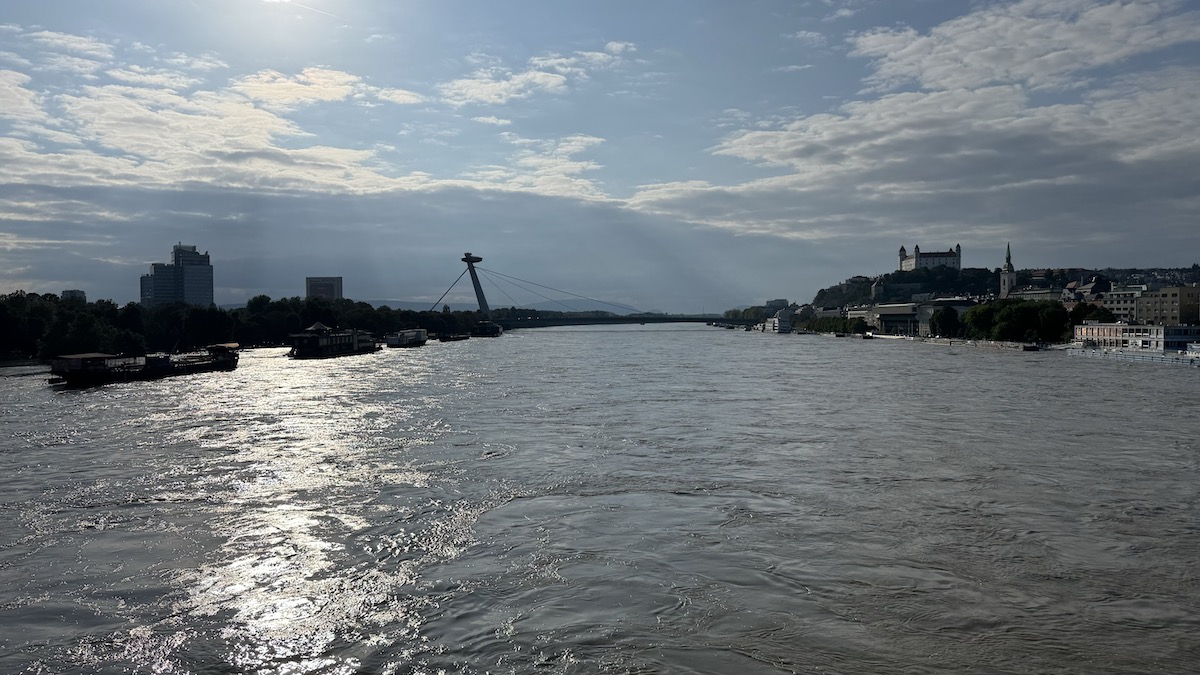 Article
Article
Autumn is in full swing, it’s getting colder outside, the nights are getting shorter. But that doesn’t mean it’s impossible to enjoy…
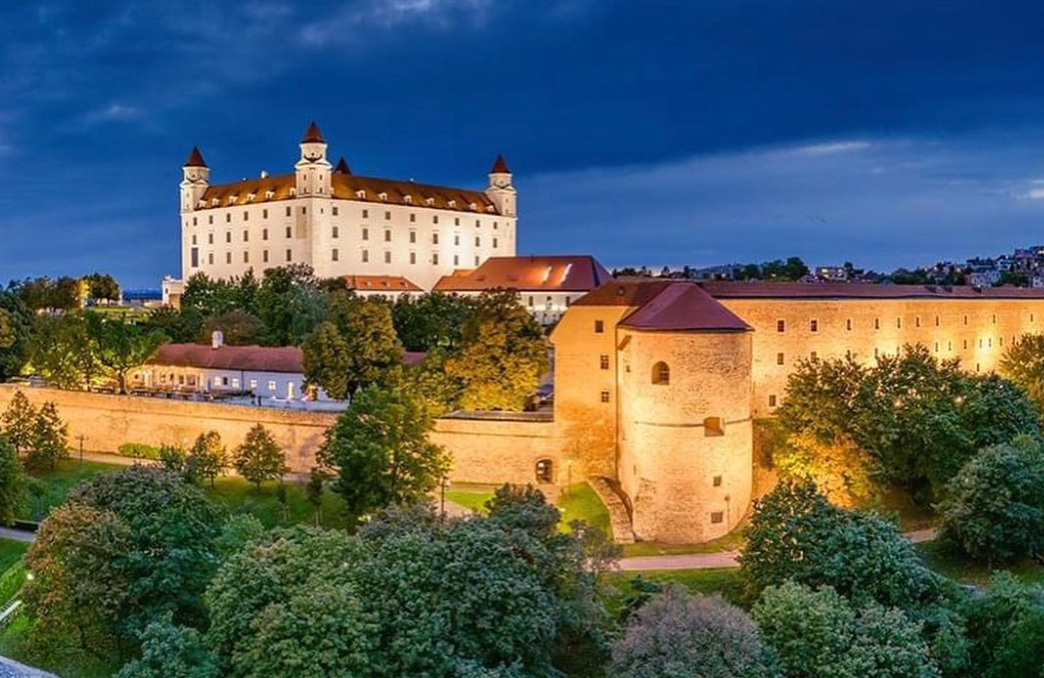 Article
Article
After a hot summer we are expecting a pleasant September. And this month also offers a lot of events and activities in Bratislava where you can relax….
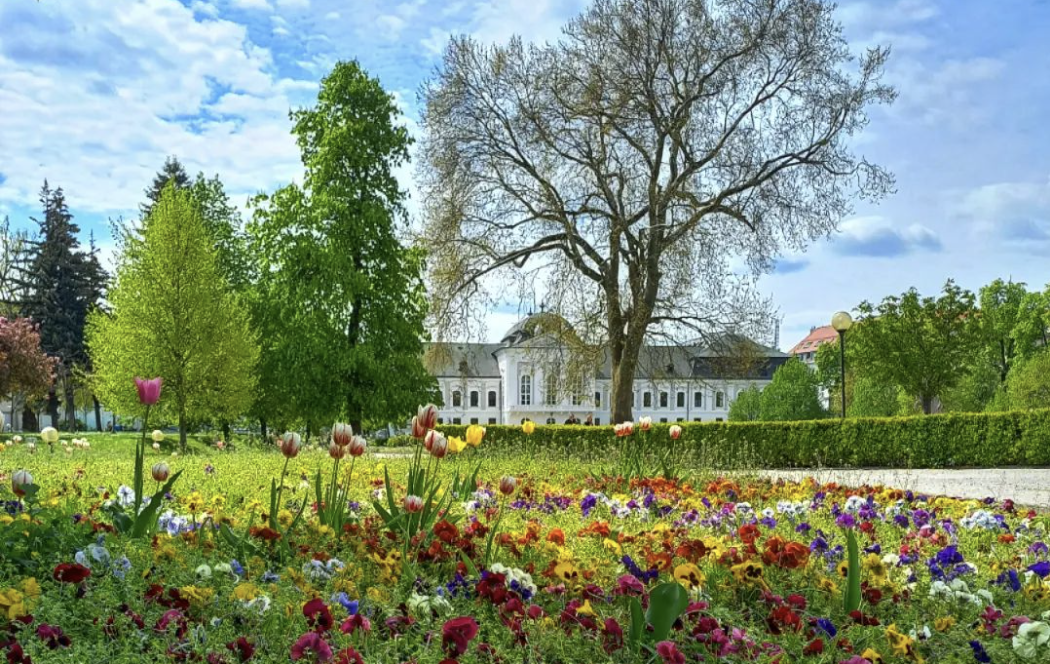 Article
Article
Top things to do in Bratislava in August. Discover with us the best events in Bratislava, activities for kids, concerts, festivals and much more..
1. …
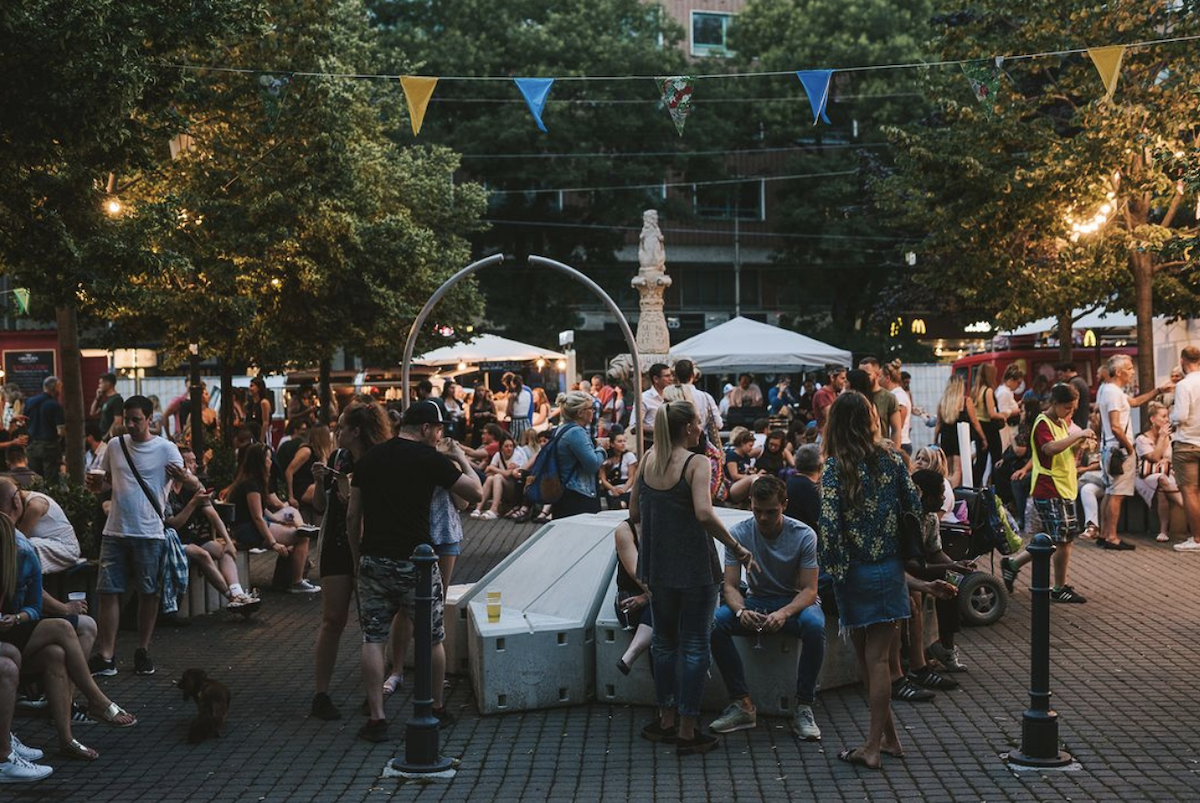 Article
Article
Street food in Bratislava. Bratislava classics. You know it. You’re in Vienna, you have apple strudel, in Paris you can’t miss baguettes a…